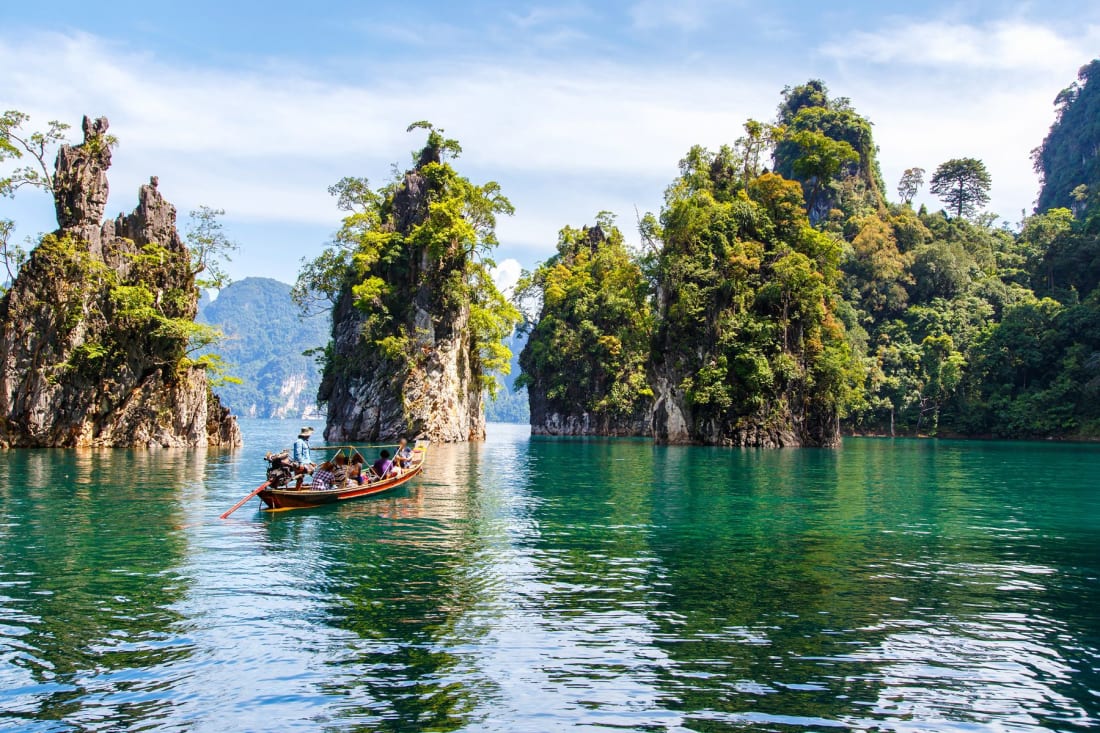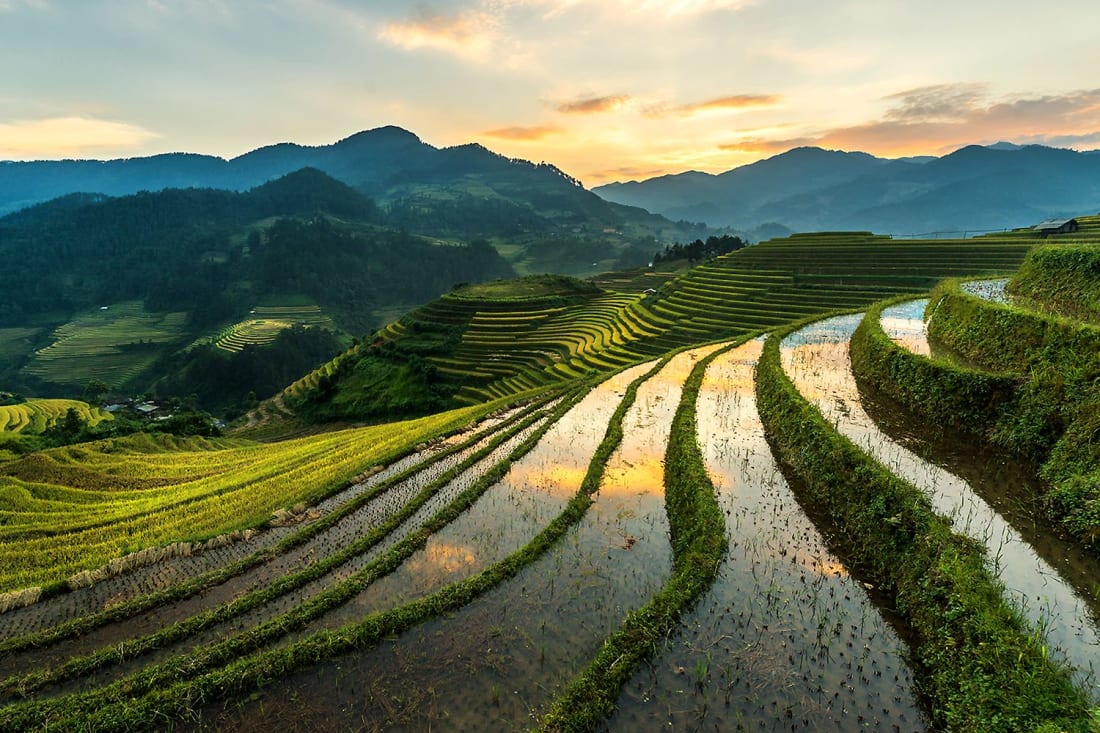This Colombian river is giving colours
There’s a reason the Caño Cristales is better known as the liquid rainbow
There’s a reason the Caño Cristales is better known as the liquid rainbow
Welcome to Wanderlust Wonders: each week we’ll be cleansing your feed with a feel-good snapshot of somewhere beautiful, both in and out of this world.
Today we're taking you to Caño Cristales, Colombia's breathtaking ancient river known for its vibrant colours and ecological diversity.
What am I looking at?
Caño Cristales, better known to locals as the "river of five colours" or the "liquid rainbow", is a natural, technicolour phenomenon that showcases the beauty of our planet’s biodiversity. The river is located in Colombia's Serranìa de la Macarena National Park, a natural formation that has a lifespan of approximately 1.8 billion years, which is about seven times the age of the Andes. The mountain range is a pretty secluded and isolated landscape, which has helped to sustain the river’s health and ecology.
But what actually causes the water’s extraordinary display? Well, as much as we might want to believe it, the water itself isn’t actually the source of the dazzling colours – instead, a rare species of aquatic plant, which thrives on the ancient riverbed, is what causes this fantastical illusion. Hey, we’re not complaining.
Tell me more…
Similar to the family of algae and moss, the flora of the river is largely composed of the plant known as Macarenia clavigera, which is characterised by its vibrant yellow, green, blue, black and red pigmentation. What produces the phenomenon known as the "liquid rainbow" is in fact the combination of the healthy, clear water with extreme sunlight exposure, which allows the colours of the Macarenia clavigera to reflect in the light and enjoyed in its full glory – the waterfalls and currents of the river then present the illusion that these colours are moving. These conditions make Colombian summer the ideal time to visit the nature reserve; between July and November is reported as the optimum time to see the river work its magic.
Is the river under threat, and how can we help it?
Thanks to rigorous conservation laws in the area, and the fact that it resides in the more remote area of Colombia, the river is an extremely well preserved ecological site. Nonetheless, tourism is encouraged and welcome, which means human interference with the river’s natural properties is always a risk. Certain tours allow swimming in the safe parts of the river, but a respect for keeping the river healthy is an utmost priority for local conservationists and tour guides.
There is a ban on the use of sunscreen, bug spray and any other harsh artificial products when entering the river, so as to prevent harming the river’s natural properties and the various species that rely on it for their survival (the rainforest is home to 420 different species of birds alone). So if you’re planning on taking a dip into the liquid rainbow on your Colombia travels, do so mindfully. Continued respect and understanding of the landscape’s vulnerable composition will mean its baffling beauty, which has been admired by humans over centuries, will continue to be enjoyed for generations to come.
Best views from the grid
Tune in next week for another dose of visual healing...



